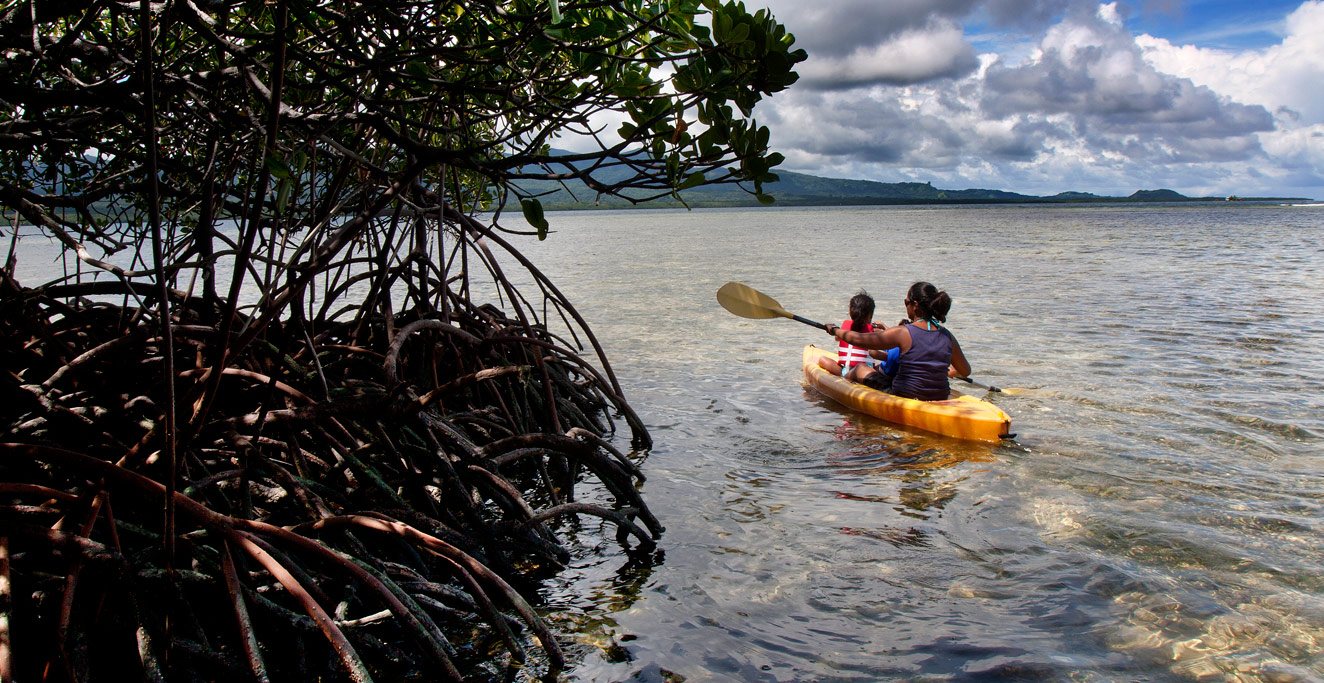With mangrove forests full of twisting passages surrounding all the coasts, more than a dozen beautiful lagoon islands, amazing snorkeling spots on the reef inside the lagoon, marine protected areas, and barrier reef passages, Pohnpei is absolutely fabulous as a paddling destination (suggested kayak, canoe, or paddleboard launch sites are marked on the map below). If it has a fault (and you can judge for yourself whether this truly is a fault or not), the paddling sport hasn’t been developed yet and not many places provide kayaks or paddleboards for visitors — yet. The northern, northwestern, and eastern sides of the island are pretty well covered — with a little effort you can acquire kayaks when you need them. The northeast, south, and southeast, however, have always been black holes when it comes to tourist services. And it’s unfortunate, because they offer some of the best opportunities. Luckily, bringing equipment as luggage is not terribly difficult even if it may cost a bit.
Bringing Kayaks, Canoes & Paddleboards on the Airplane
United Airlines allows passengers to bring a single kayak or canoe with an over-sized baggage fee each way (plus the usual excess baggage fee, which depends on your point of origin) Visit United Airlines website to find out what the fee currently is. Maximum weight allowed is 45.3 kg (99.9 lbs). Maximum length is 396 cm (156 in).
You can also check a stand-up paddleboard in a bag also paying the over-sized baggage fee each way plus the usual excess baggage fee. The weight allowance is the same — 45.3 kg (99.9 lbs), but you’re only allowed 292 cm (115 inches) of length.
There is no redress for kayaks, canoes, or paddleboards damaged in-flight. If the flight is extremely full, United has the right to send your gear on a later flight.
When to Paddle
You can paddle at any time of year on Pohnpei, but the period between late March and October is the least prone to wind. Winds can come from any direction, but the prevailing pattern is from the northeast, which means that the eastern side of the island is the most affected, while the west and southwest are partly protected by Pohnpei’s mountainous bulk.
Launching
Getting your craft in the water can be trickier than one might think if you don’t know much about Pohnpei. Since most of the coastline is surrounded by mangroves, you need to know how to locate the natural channels leading to the lagoon. These usually correspond with the points at which rivers or streams strike the mangroves, though not always. Not every stream that passes under the main road, however, will do, as some of them are consistently too shallow for paddling. Others have banks that are too steep for easy access. Man-made causeways are good, but they are often private, so it’s necessary to get permission from people living nearby.
The Marine Attractions Eco-Adventure Guide shows the locations of all of the launch sites we identified during our field research.
How to Re-enter a Sit-in Kayak From the Water
“Wet entry” is an essential skill for all kayakers, and especially for those going solo. Practice the following steps near shore until you feel confident you can manage them in open water.
Where to Paddle
Where can one paddle? The easy answer is anywhere and everywhere. Each of our eco-adventure guides highlights a collection of destinations or routes (with distance info) that we encourage visitors to seek out. We’ll be adding to the list continually, as the guides are completed. Additionally, all of the paddling routes and launch sites appear on the huge island map in the Marine Adventures Eco-Adventure Guide, now available for free at the Australian Embassy on Pohnpei.
- Entering any marine protected area, sanctuary, or mangrove reserve requires a permit. Visit our MPA page for details.
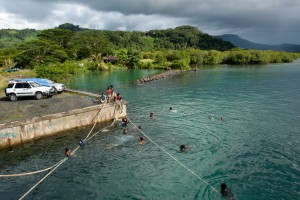
The Doldrums at APSCO Quarry
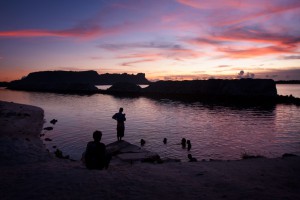
Nett Point
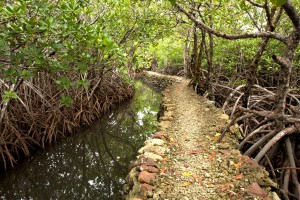
Marine Parks
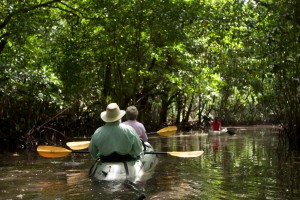
Sokehs Island Paddling
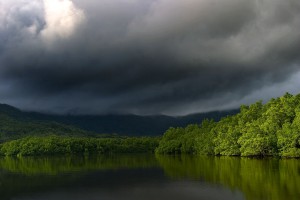
Paddling in Nett, U & Northern Madolenihmw
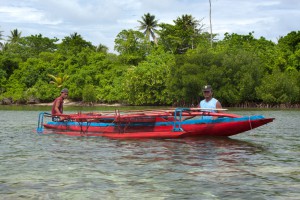
Paddling Around Central Madolenihmw
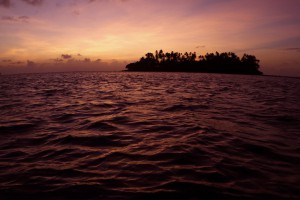
Temwen Vicinity Paddling
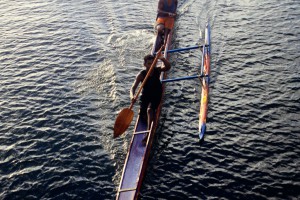
Paddling Around Western Kitti
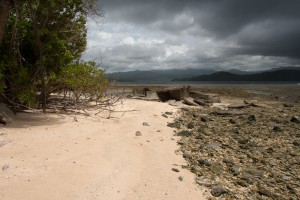
Nahpali Island
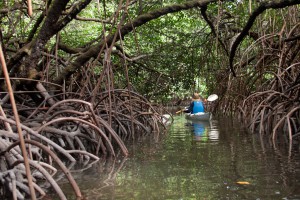
Paddling Lenger & Sapwtik
ACKNOWLEDGMENTS
Kalangan to Danny and Arlene Rosenkrans for helping explore all the kayaking Pohnpei has to offer.
in


